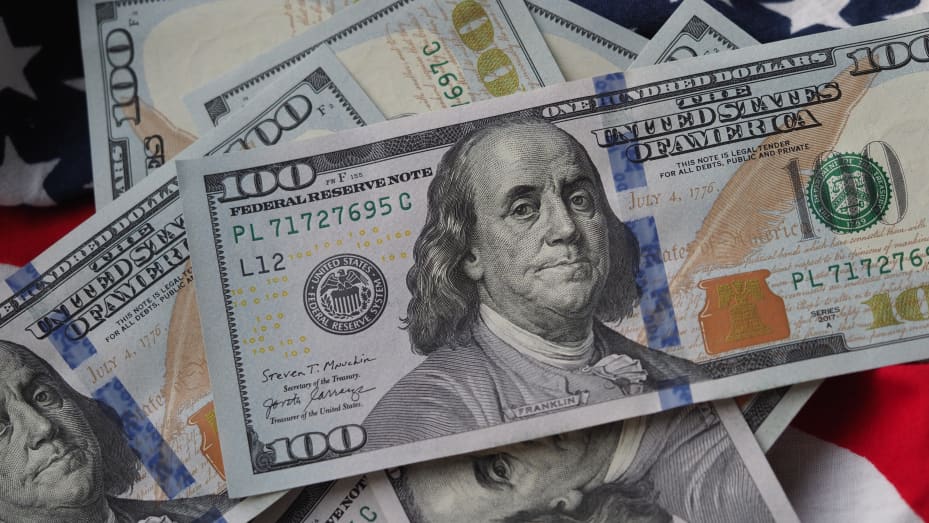The dollar was about 1% below two-year highs against major currencies at the start of the week, with dozens of central bank decisions this week, led by the Federal Reserve on Wednesday, followed by the Bank of Japan and the Bank of England the next day.
The US dollar index, which measures the greenback against six currencies, rose 0.09% from Friday to 109.66, consolidating after weeks of volatility, increasing to 110.79 on September 7 for the first time since mid-2002, only to see it fall back to 107.67 six days later.
Investors have been swayed by economic data that at times suggested the Federal Reserve may be slowing rate hikes to lessen the shock to the economy and the risk of a recession, but then showed inflation was still accelerating.
Fed policymakers stressed that their decisions would be case-by-case and depend on the latest data. Currently, the market is pricing in at least another 75-basis point revision at this week’s FOMC meeting, with a 19% chance of a sharp one-point gain.
The week was also filled with market holidays, which could lead to reduced liquidity and large price swings, with Japan and the UK, closed on Monday, Australia on Thursday, Japan again on Friday, and so on.
“As the FOMC continues to hike rates sharply and the risk of a global recession increases, the dollar is likely to remain elevated” and could hit a new cyclical peak above 110.8, Commonwealth Bank of Australia strategists wrote in a client note. They said the poor economic outlook would weigh on procyclical currencies such as the euro, pound and Australian dollar.
USD/JPY was little changed at 142.905, calming after surging to a 24-year high of 144.99 earlier this month.
The Bank of Japan is widely expected to stick with massive stimulus on Thursday, standing out among developed-country central banks that have been rapidly tightening policy to curb inflation.
Meanwhile, after the Bank of Japan recently dropped the word “temporary” when describing consumer price increases, a turning point may come sooner than many policy watchers expected, albeit at levels well below those in places like the US and UK.
Sterling was flat at $1.1426 after hitting a 37-year low of $1.1351 on Friday. Markets are divided on whether the Bank of England will raise interest rates by 50 or 75 basis points on Thursday.
Tighter monetary policy will clash with Britain’s new chancellor, Kwasi Kwarteng, due to unveil an emergency mini-budget on Friday that will provide more details on support to help ease the country’s cost of living crisis.
The euro was little changed at $1.00075, continuing a week of consolidation after fluctuating between a 20-year low of $0.9864 on September 6 and a near one-month high of $1.0198 a week earlier.
The Australian dollar was flat at $0.67205 on Friday, when it fell to $0.6670, its lowest level since mid-2020. The New Zealand dollar was flat at $0.5989 after falling to $0.5940 over the weekend, its lowest level since May 2020.






